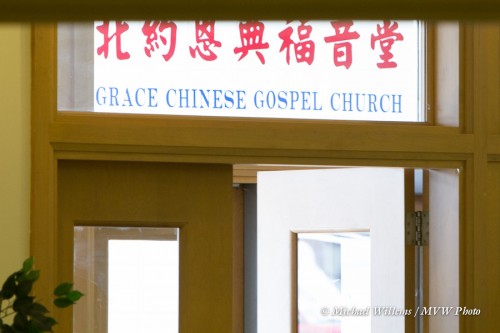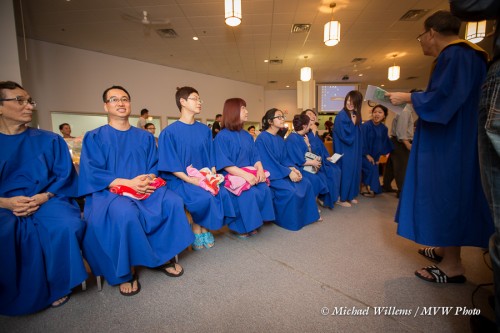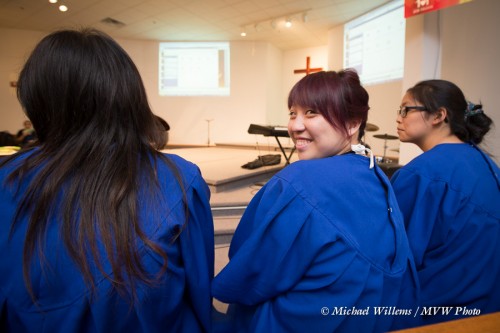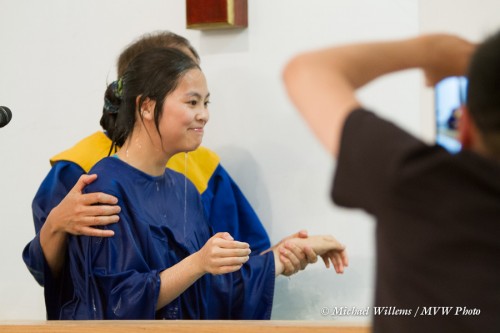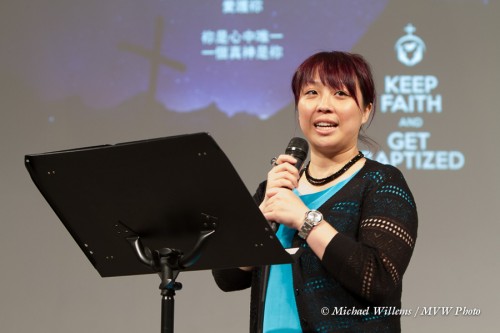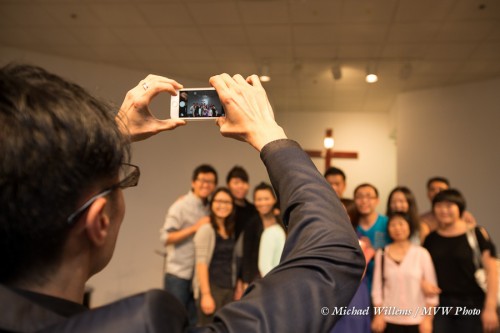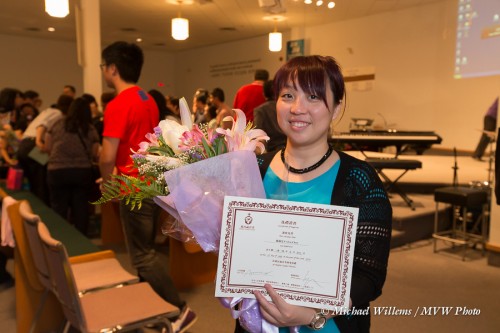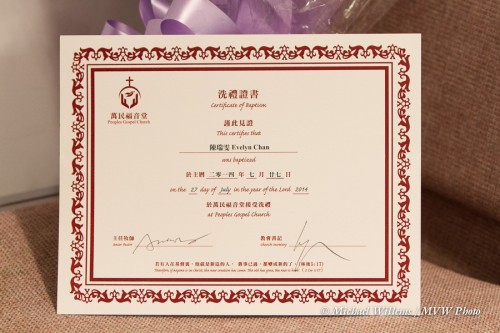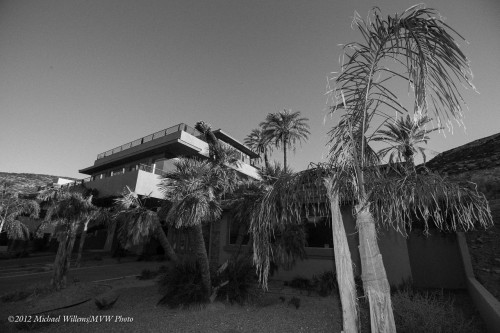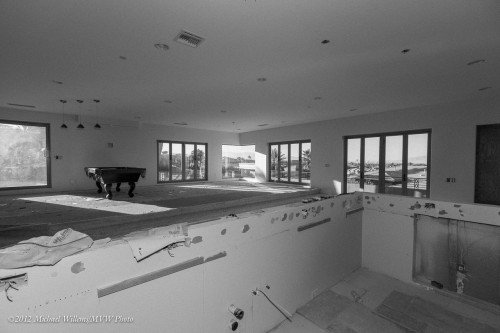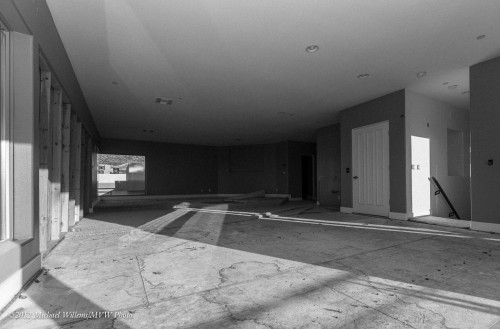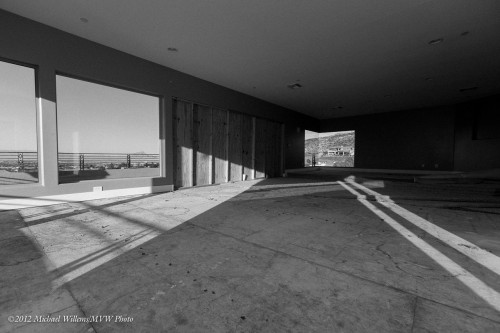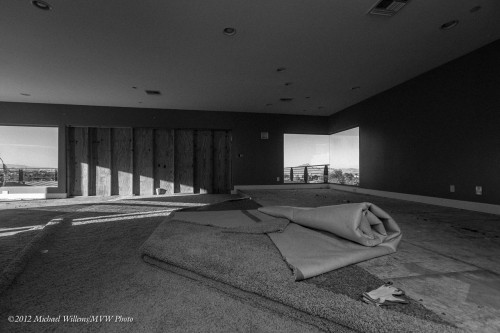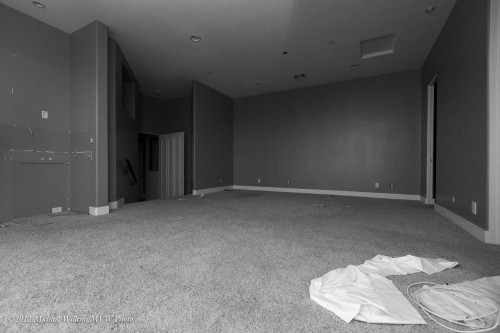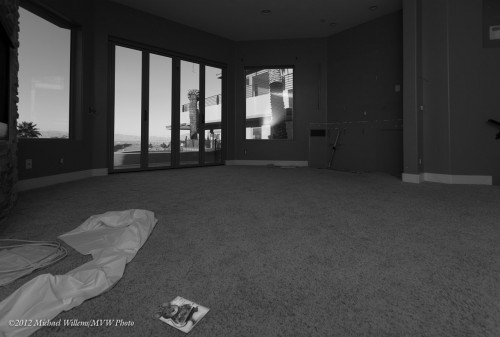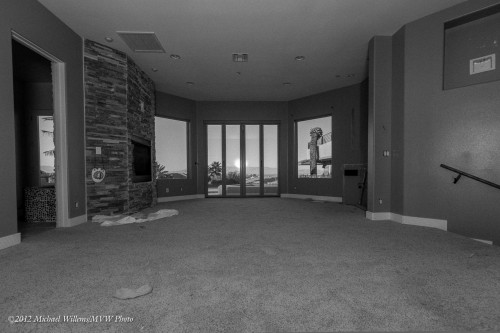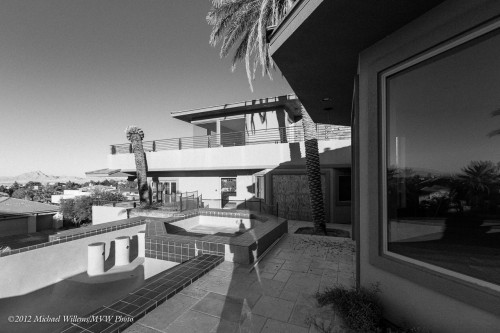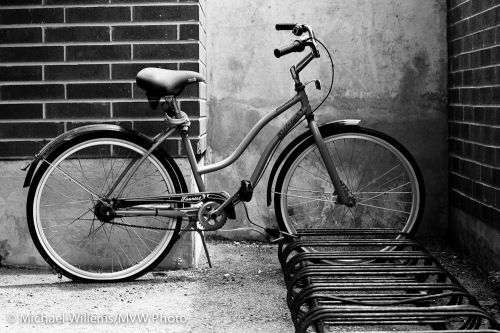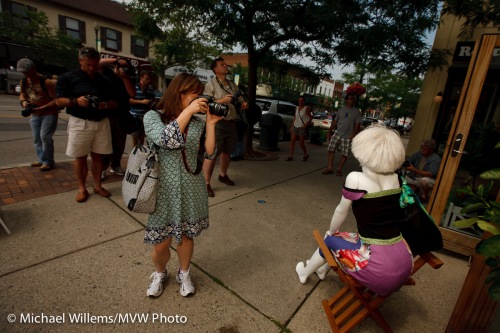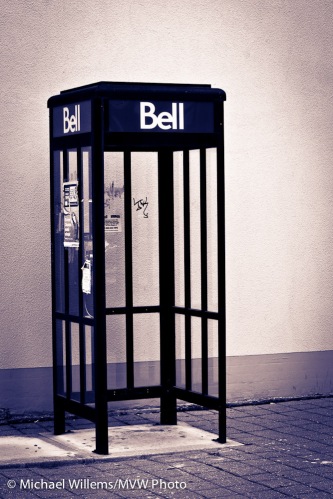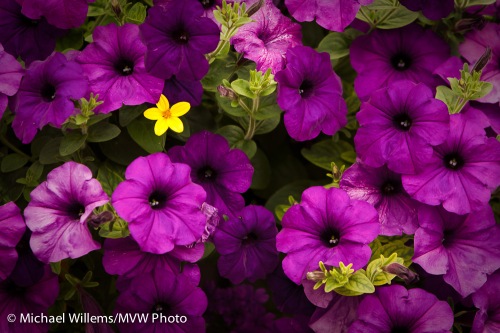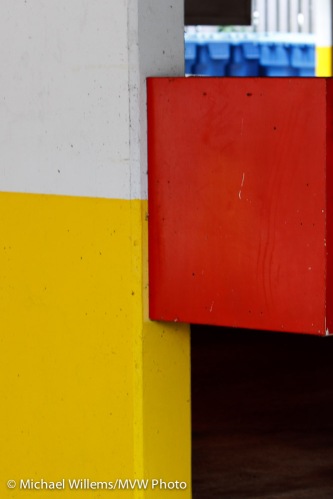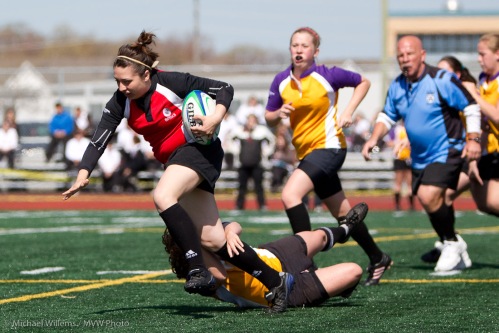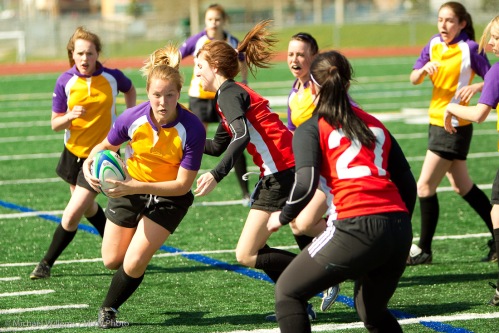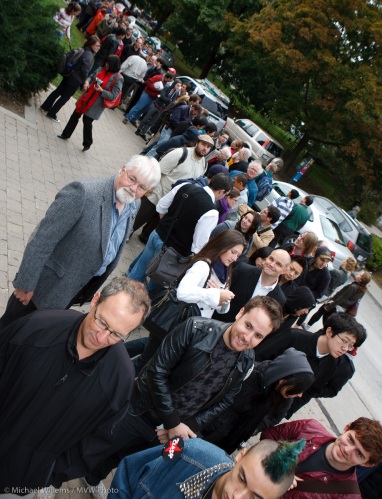Event shooting is difficult, because things are not under your control. In addition, there is never enough light; bouncing may be tough; there is not ebnough time.
But it can be done, and it can be done well. Especially if you remember you are a storyteller.
You start with an establishing shot. This sets the scene for “where”.
Then you proceed to the “what”…
Then the “why”, “when”, and “how”.
As you see, plenty of detail, plenty of the event, plenty of “background” (the “B-roll” you hear me talking about so often).
In all of this, remember to be roughly chronological; and remember above all to make the viewer work it out. The ideal photo is a photo that makes the viewer take several seconds to tell the story in his or her mind.
The photojournalism story above is already quite good, in just 8 pictures, at working out what is happening. The full shoot consisted of 314 photos. You can imagine that this tells more of the nuance, more of the detail: but in essence, these 8 pictures tell it all (yes, I know, I chose a different person for the post-baptism shot here).

